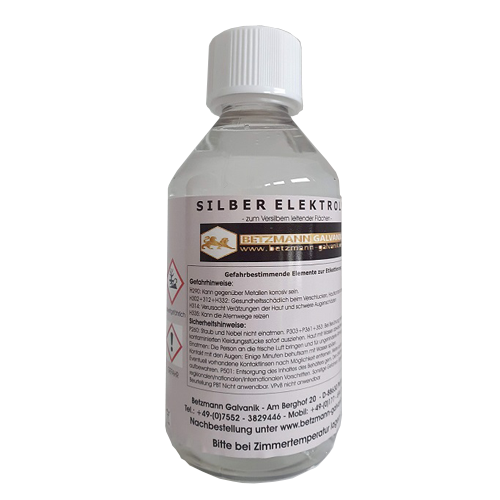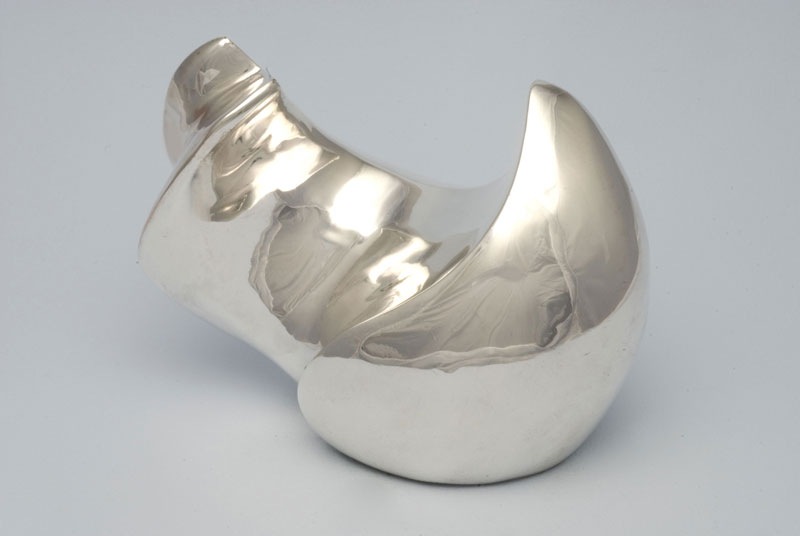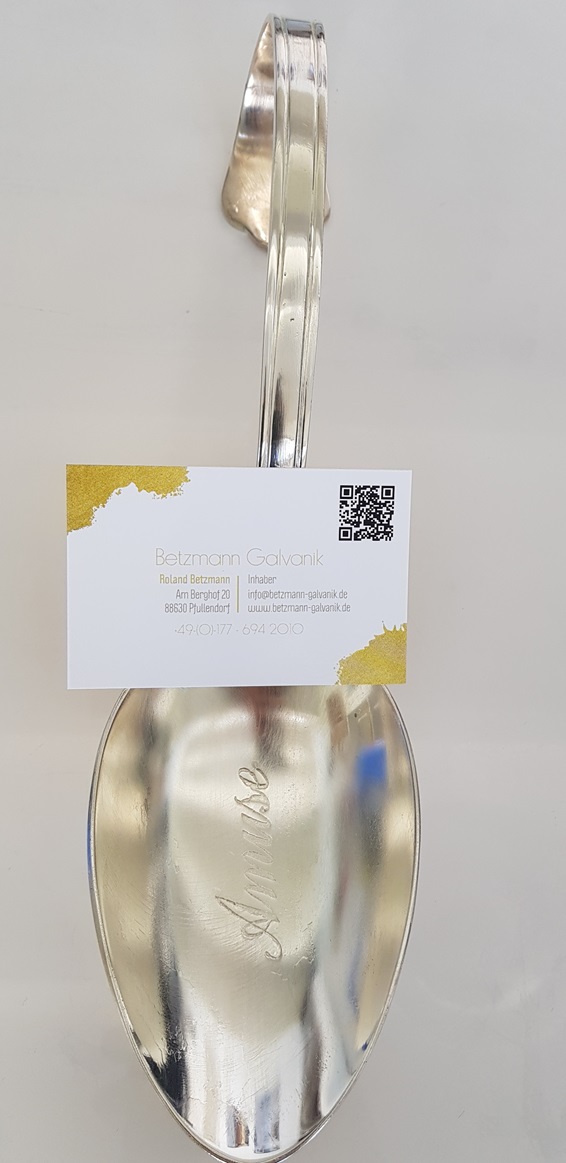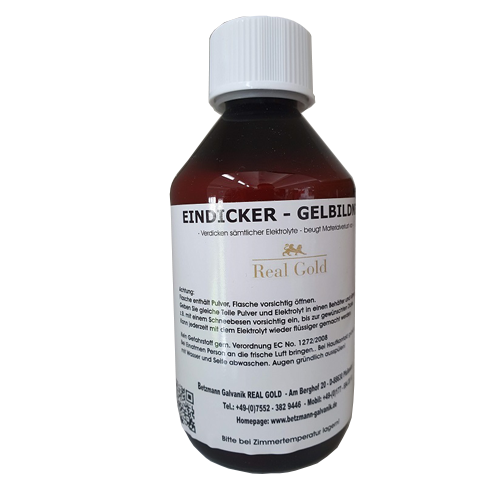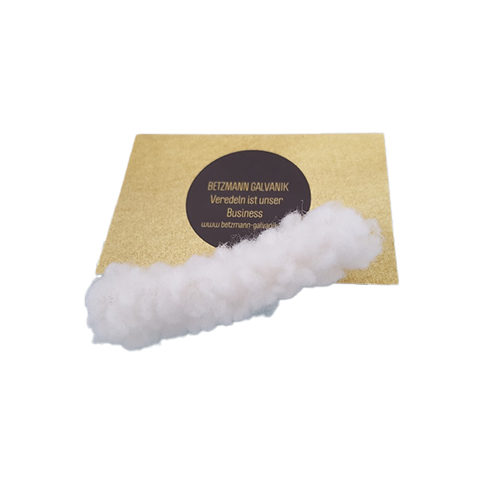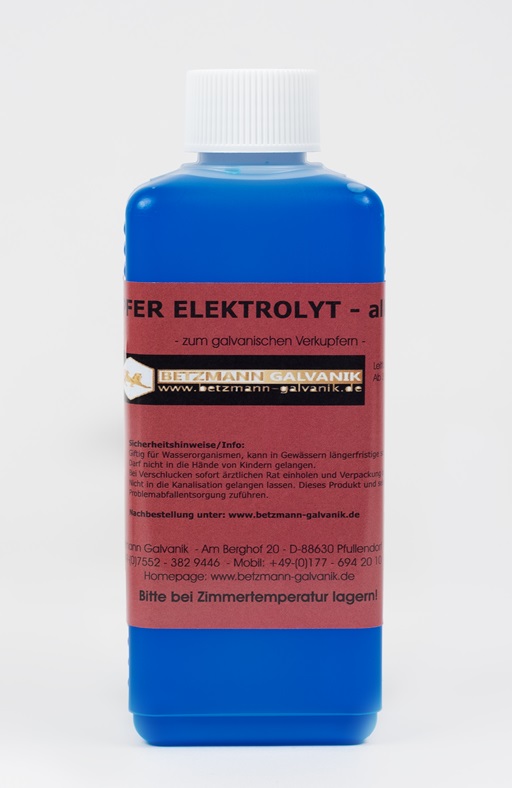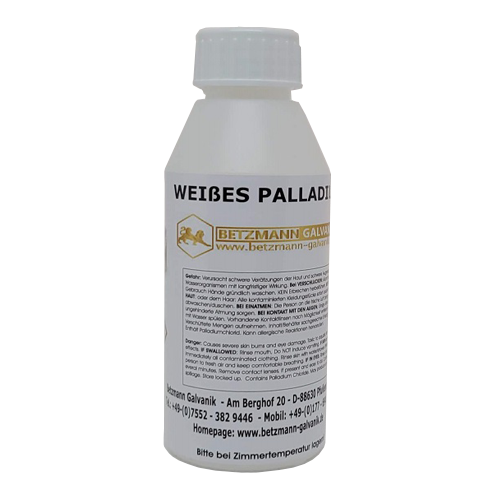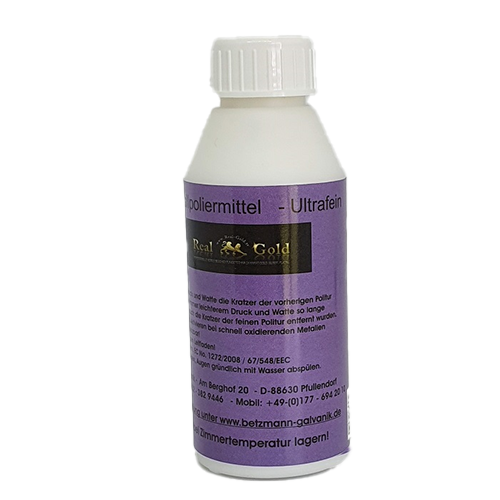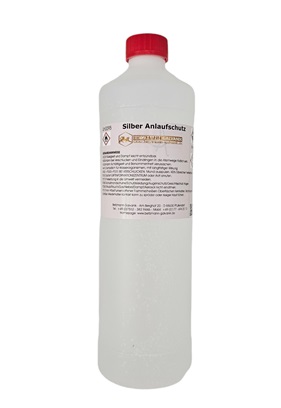Silver Solution 30 Gramm/Liter
€8.93*
Content:
0.05 Liter
(€178.60* / 1 Liter)
(€7.50 ohne MwSt.)
Available, delivery time: 1-2 days
Product number:
BMG-103.1
PDF offer
Create PDF offer for this product
Tip: Add multiple products to the cart and create the offer there. Logged in users get an individualized offer.
Product information "Silver Solution 30 Gramm/Liter"
Product information “Silver electrolyte” silver plating - cyanide free!
Article description:
Betzmann electroplating silver electrolyte - the product properties at a glance:
3
30 grams of silver per liter - Highly concentrated for fast silver plating
Cyanide-free and safe to use - ideal for jewelry manufacturers and also for hobby users
Suitable for bath and pin electroplating
Builds up thick silver layers very quickly
Creates shiny silver layers that can be polished to a high shine
Please note that you need both a power supply unit and a bath or pin electroplating system to create abrasion-resistant silver layers on objects.
Silver briefly deposits grey and is then gently polished to a shine with a damp microfiber cloth, then the bright white silver appears.
A yellow clouding of the fabric pad during silver plating is normal and decomposes again after a short time.
The silver electrolyte is ideal for bath and pin electroplating. With the cyanide-free silver electrolyte from Betzmann Galvanik, you can easily electroplate silver yourself! In contrast to the highly toxic silver electrolytes commonly used in industry, the cyanide-free silver electrolyte is safe to handle.
The electrolyte deposits robust and attractive layers of fine silver. The silver is deposited brightly and generally no longer needs to be polished.
The electrolyte is ideal for silver-plating jewelry, restorative silver-plating of silver cutlery and galvanic silver-plating of many other objects. Due to the high silver content of 30 grams per liter, the electrolyte deposits silver very quickly - this is particularly advantageous in pin electroplating, as it reduces the working time.
Base metals such as zinc or iron should be nickel-plated, copper-plated or silver-plated before silver-plating.
Please note that the silver electrode is the optimum electrode for silver plating!
We have corresponding electrodes in our range.
Alternatively, graphite electrodes and platinum electrodes can be used!
Voltage: From 2.7 volts!
Operating conditions and deposition data
Voltage 2 - 3 volts
Deposition rate 1 micrometer per minute (spot)
Temperature 15 - 25 °C
Silver concentration in the solution 30 g/l
Electrode Silver, platinum or graphite
Silver content in the plate 99.9% (fine silver)
Brightness (L*) of the deposition 90 - 93 (Cielab)
Hardness 251 Hv
Density of the deposit 10.4 g/cm3
Voltage Medium
Special storage requirements Protected from sunlight
Shelf life 1 - 2 years
Health and safety classification
Irritant
Special information None (cyanide-free)
Transportation (UN number) None:
Not classified as dangerous for transportation
Further information: To maintain full shine, polish lightly with Ultra or Ultrafine metal polish or gold polish
Labeling according to CLP-VO:
Symbol word:Warning!
H302 Harmful if swallowed
H315 Causes skin irritation.
H319 Causes serious eye irritation.
P261 Avoid breathing dust/fume/gas/mist/vapor/aerosol.
P280 Wear protective gloves/protective clothing/eye protection/face protection
P305 + P351 + P338 IF IN EYES: Rinse cautiously with water for several minutes. Remove any contact lenses if possible. Continue rinsing.
Login

